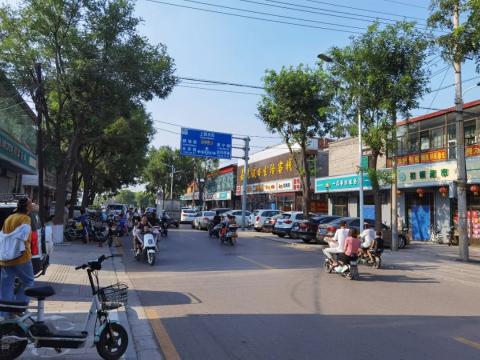
After leaving the Wang Family Courtyard in Lingshi, we drove through Jiexiu and Hongdong and directly arrived at Pingyao County, which is still the territory of Jinzhong.
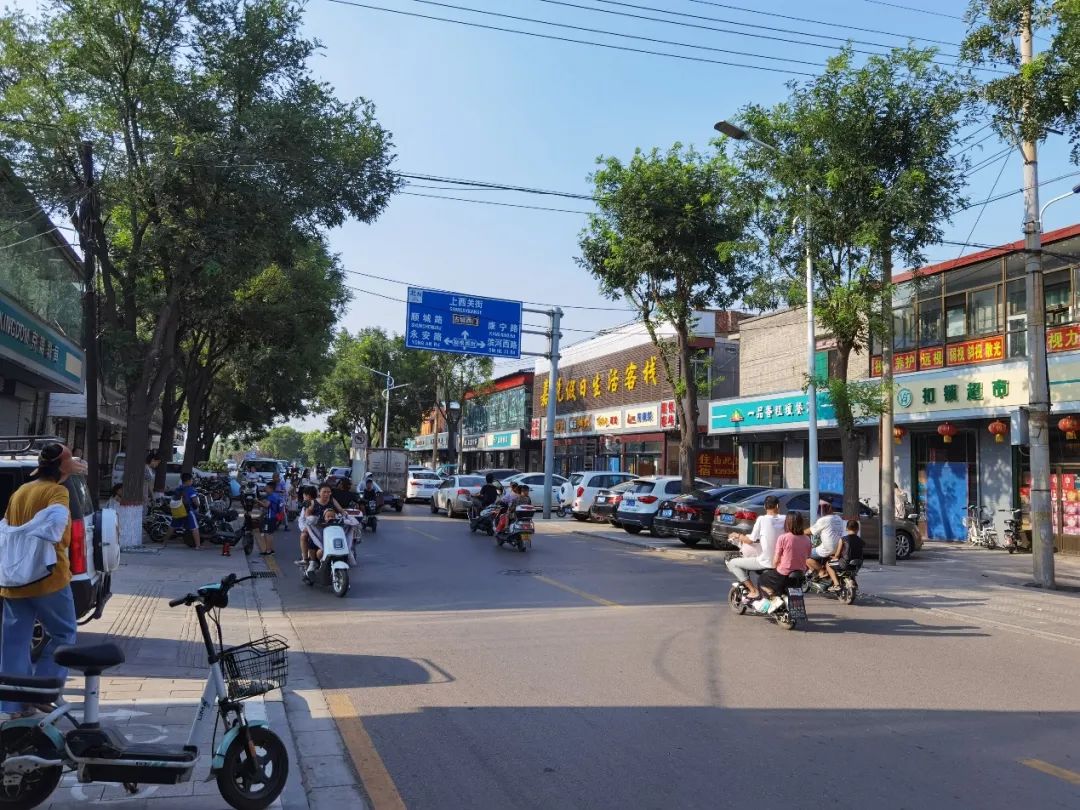
In the afternoon, we stayed at a hotel in the southwest corner outside the ancient city. There is a watermelon vendor selling watermelons at the door. His watermelons are bigger than pillows, so they are a local specialty.
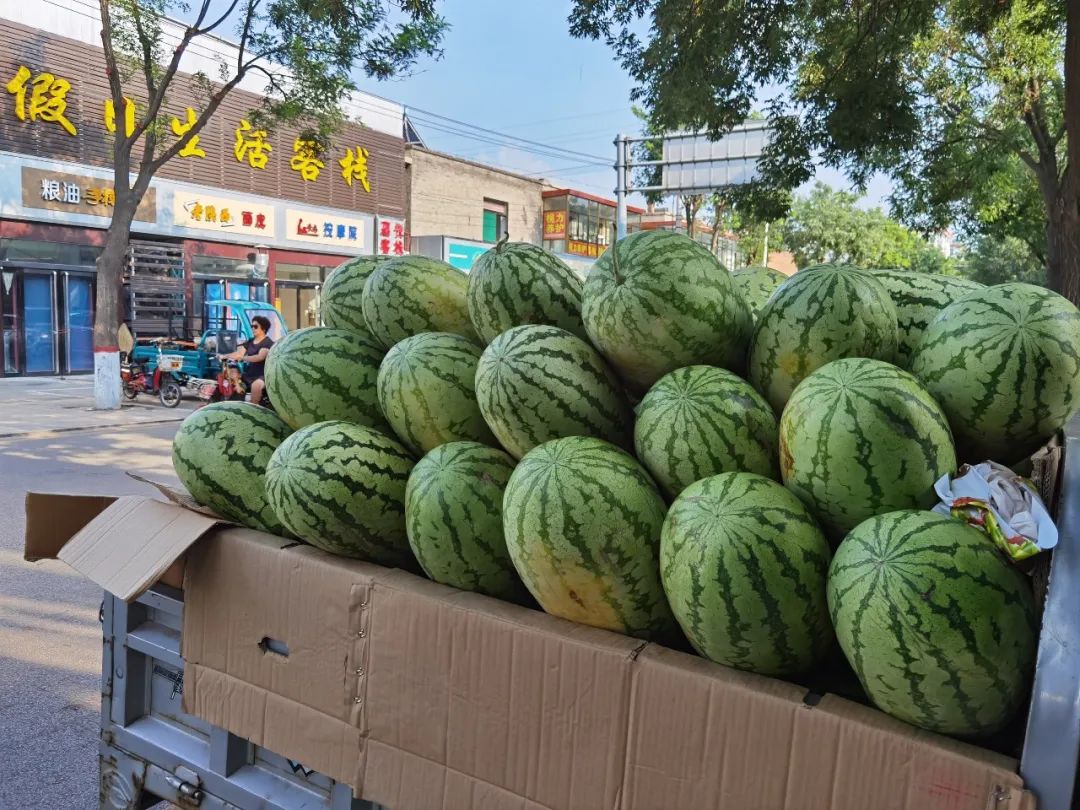
It was too hot outside, so we didn't go out for sightseeing until nearly 5pm.
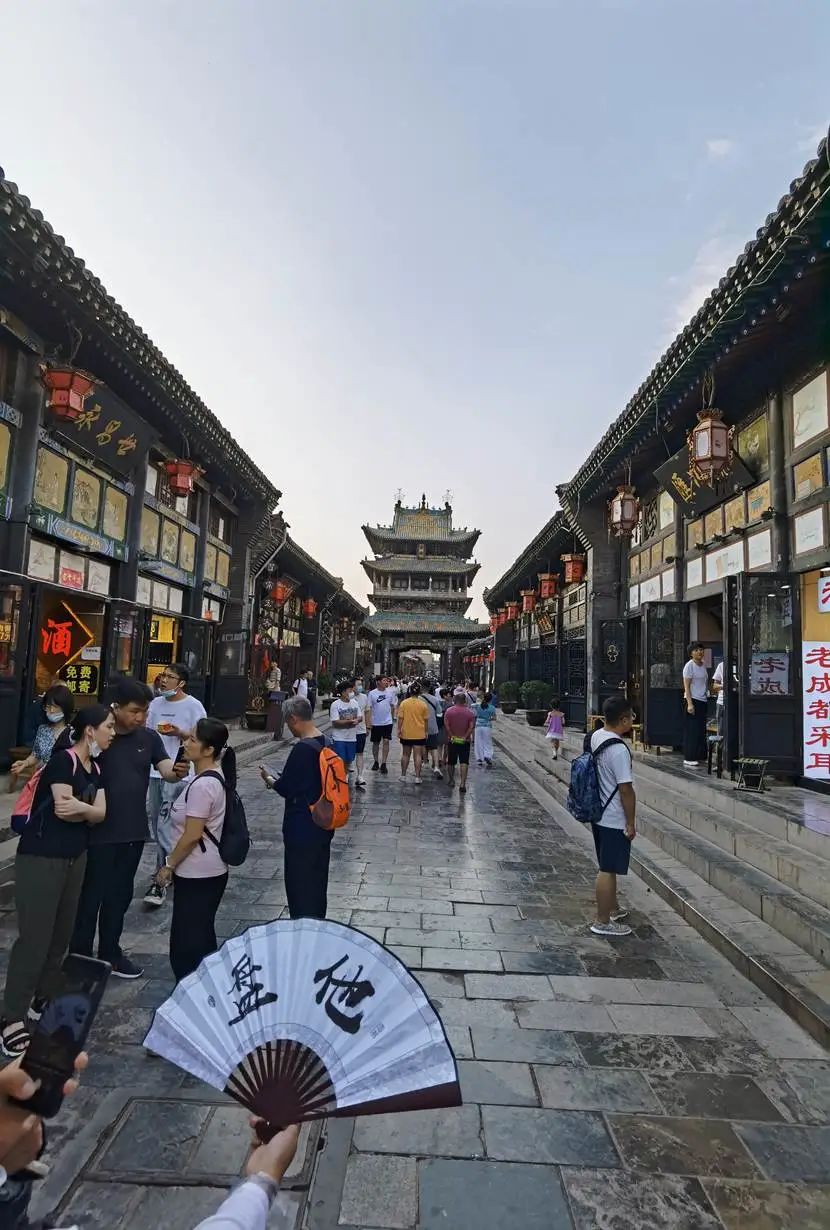
I have been to Pingyao Ancient City several times in the past due to work. Every time, the customer would drive me to the city gate, and then go in and go directly to the "Rishengchang Ticket Office" and "Pingyao County Office (Yamen)", and then buy some Pingyao specialty - Pingyao Beef Jerky before leaving Pingyao. I never walked around the ancient city alone every time, so the location of the ancient city was still not very clear.

Today, three of us walked from the New Town into the Old Town and made a reservation for dinner at an internet celebrity restaurant.
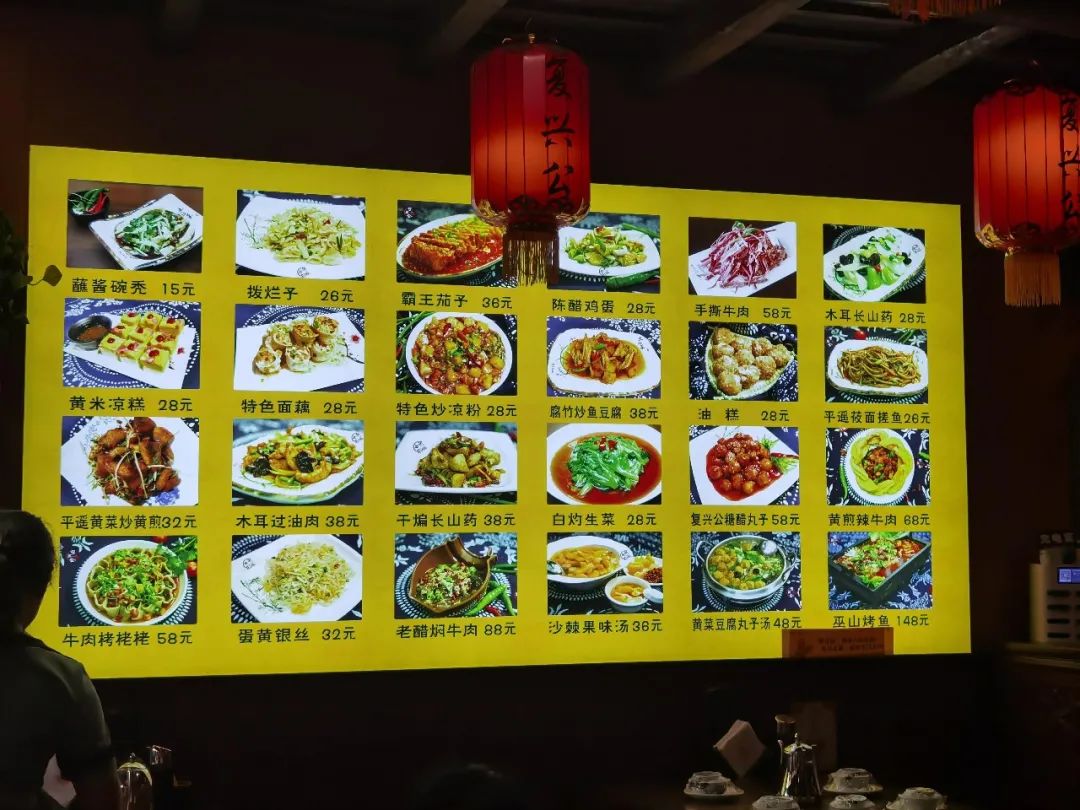
We entered the ancient city from the west gate. The entrance management was loose, so we went straight in. Maybe it was evening, but all the attractions in the city were closed, so the management staff collecting tickets at the city gate were also off work. To visit the scenic spots here, you must purchase a package ticket, which includes more than 20 scenic spots such as the Ancient City Wall, Rishengchang, County Government Office, City God Temple, and Confucian Temple. Even if you enter an attraction, you must pay the full price for the package. But if you want to visit all the attractions listed on the package, you probably won’t be able to see them all in two days.
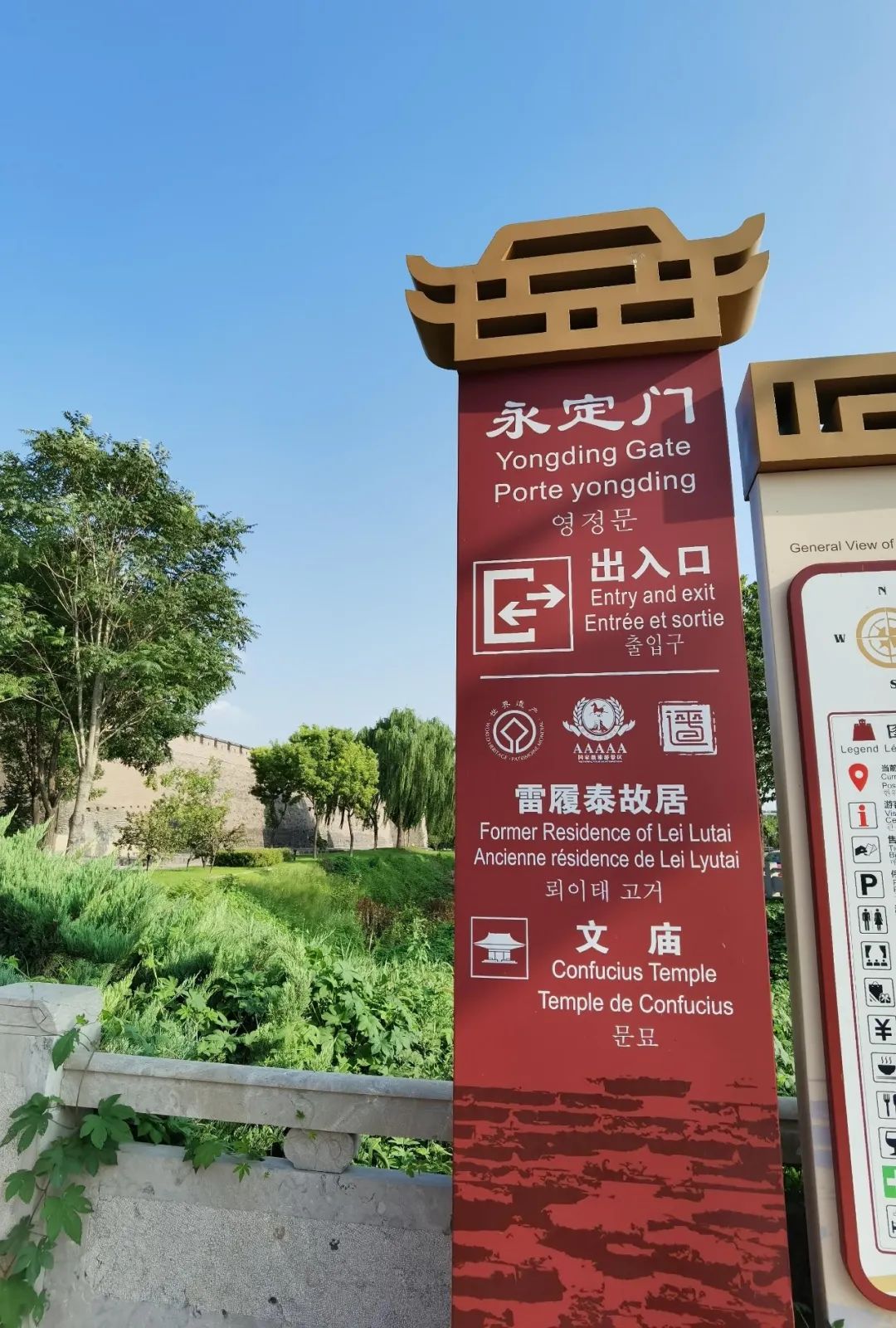
At the Internet celebrity restaurant, we ordered vinegar-roasted beef, eggplant, lettuce, wild vegetables, vinegar-fried eggs, etc., which cost 230 yuan.
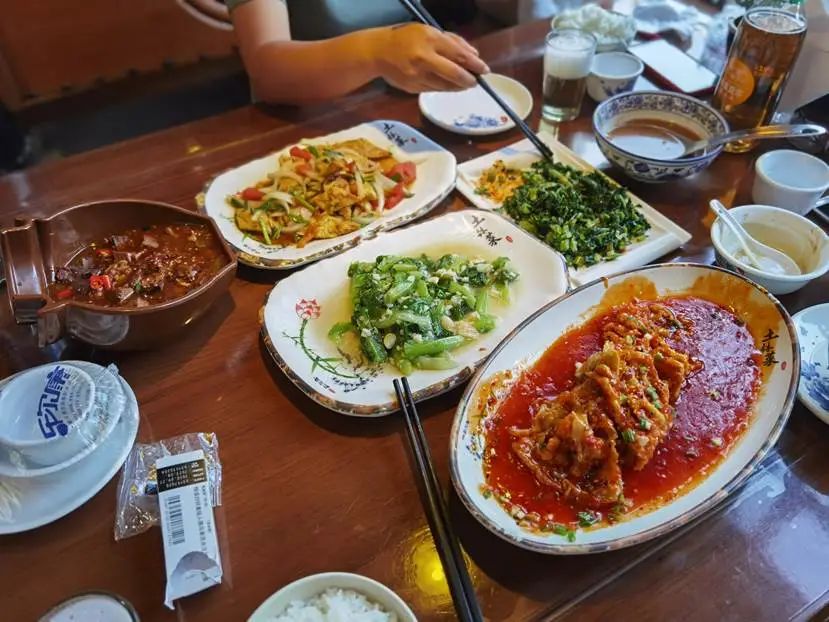
After the meal, we walked back to the north of the ancient city and took a look at the night market style of the ancient city. It’s about a few kilometers from the north of the ancient city to the hotel outside the city. Although we are a little tired from walking, we can basically see the scenery along the streets of the ancient city. I haven't gone to the important "ticket number" and "county government" yet, so I plan to look at them tomorrow.

Pingyao County is located in Jinzhong City in the central part of Shanxi Province. It is a well-preserved ancient county town from the Ming and Qing Dynasties in China.

Pingyao was first called Pingtao County and was said to have been founded during the reign of King Xuan of the Western Zhou Dynasty. Historically, during the period of Emperor Taiwu of the Northern Wei Dynasty, the Pingtao County government at that time moved here from Wenshui County, Luliang City today, and at the same time, Jingling County was abolished and incorporated. Later, Pingtao County was renamed Pingyao County to avoid the taboo of Emperor Taiwu's name Tuoba Tao ("Tao" has the same pronunciation as "Tao").

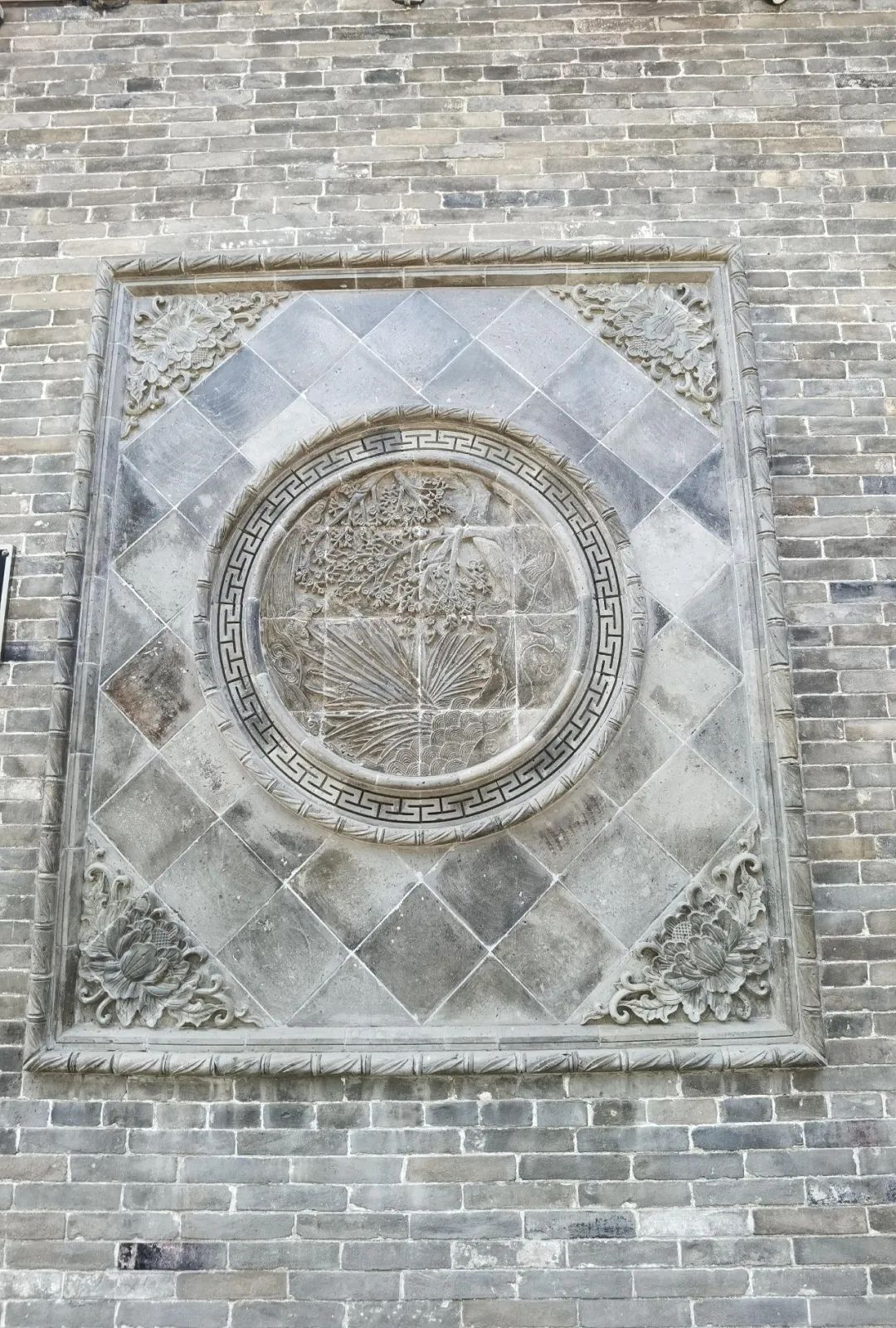
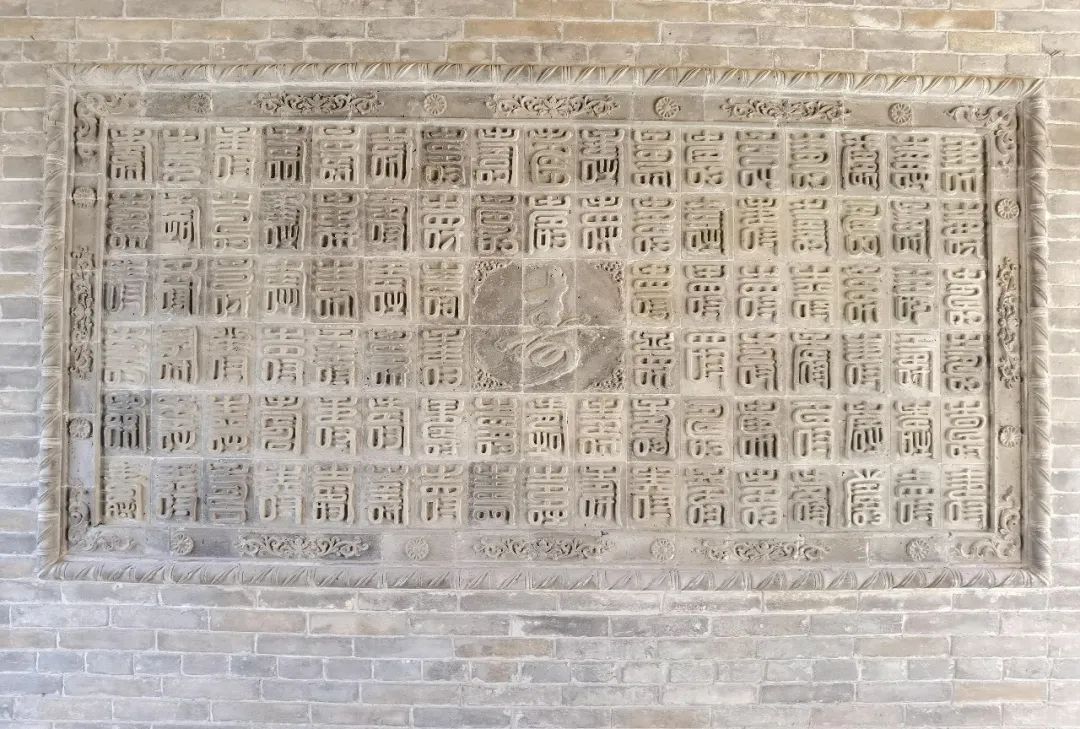

Pingyao County is located in central Shanxi, in the middle reaches of the Yellow River and in the southwest of the Taiyuan Basin in the eastern part of the Loess Plateau. It has a total area of 1,260 square kilometers and governs 3 streets, 5 towns and 9 townships. The county government is in Gutao Town, with a population of about 450,000. , is a large county.
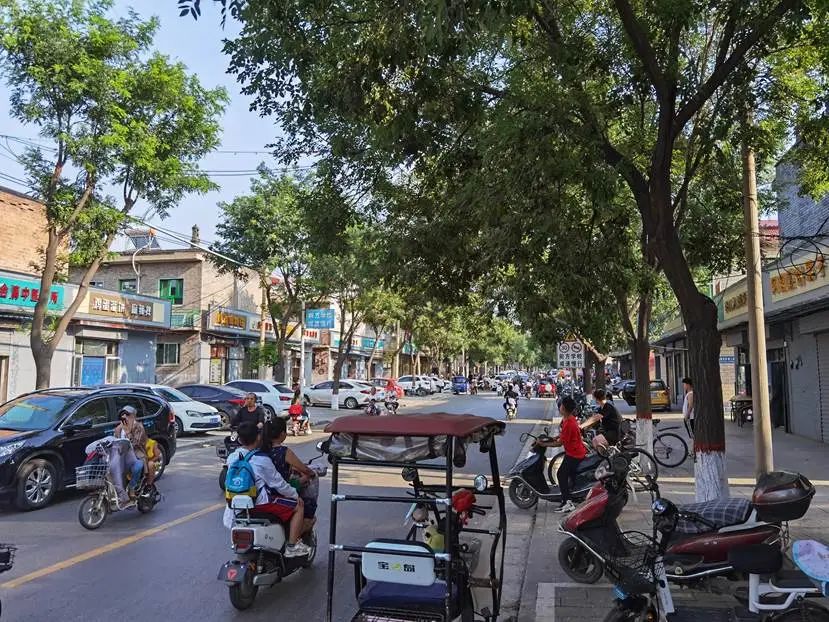
The unique and rich cultural relics of Pingyao, known as the "treasure house of ancient Chinese architecture", represent the architectural forms, construction methods and material standards of ancient Chinese cities in different historical periods, and also reflect the artistic progress of different ethnic groups and different regions in ancient China. and aesthetic achievement.
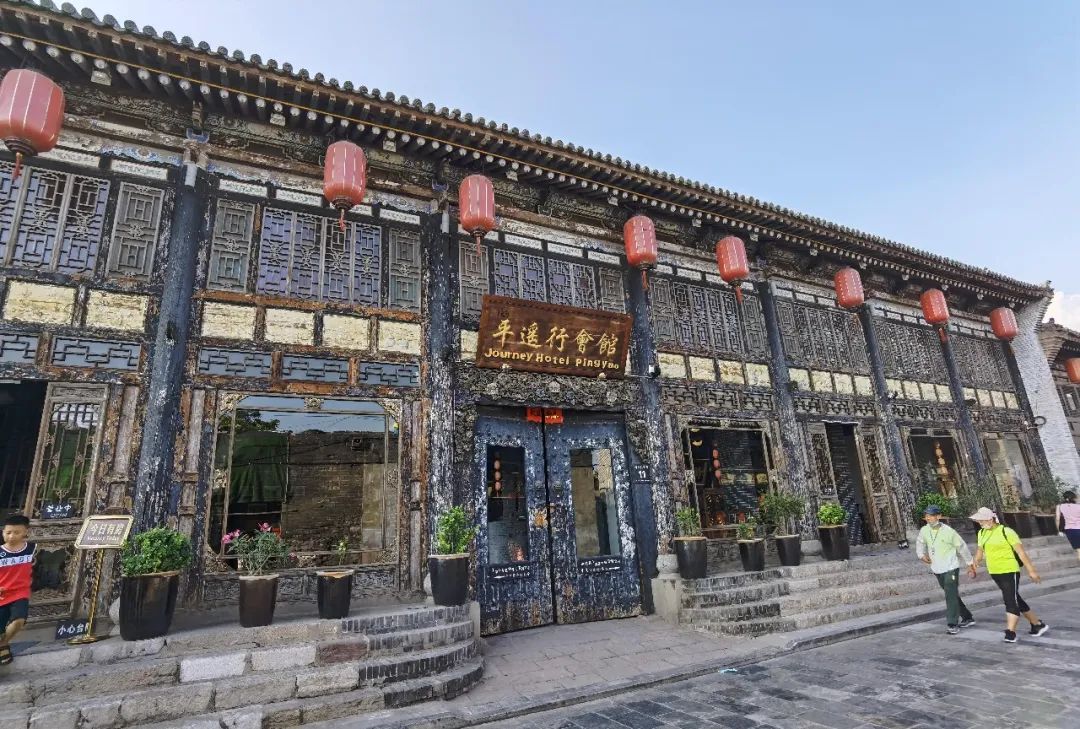

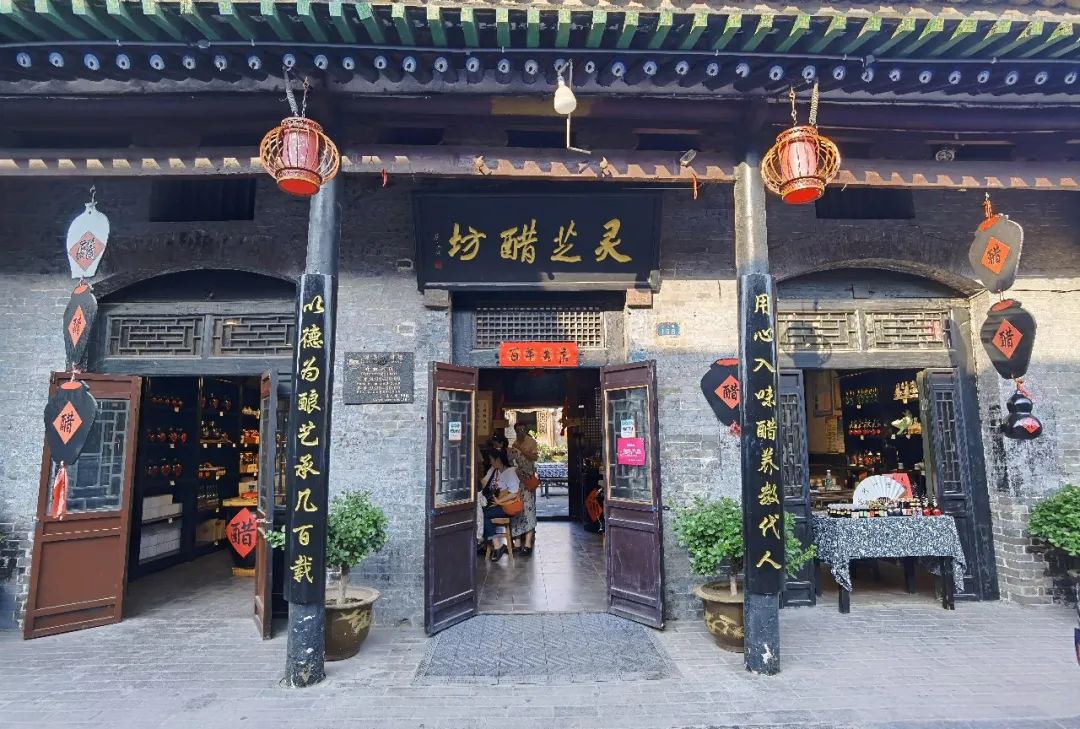
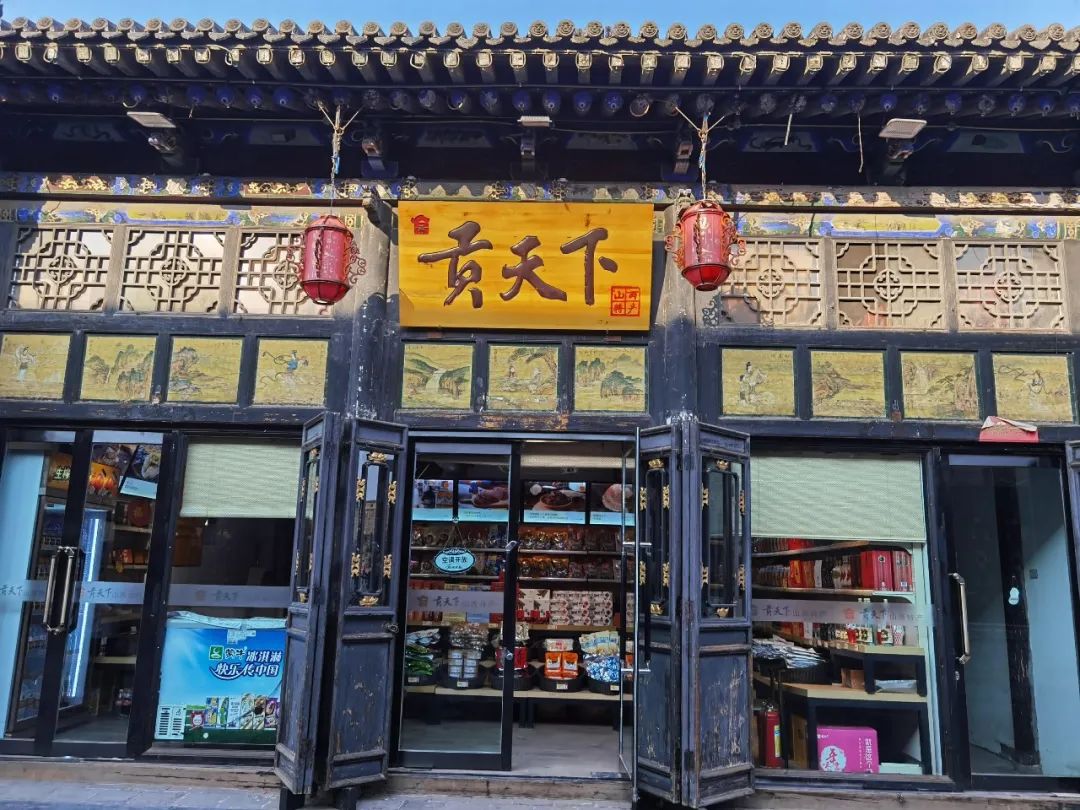
There are many places of interest in Shanxi, but Pingyao is still considered a major cultural relics county. The county has 99 key cultural relics protection units at the national, provincial and county levels, including 3 at the national level, 6 at the provincial level and 90 at the county level.

Pingyao Ancient City was listed as a national historical and cultural city in 1986. On December 3, 1997, it was included in the World Heritage List by the UNESCO World Heritage Committee.

In addition to the Pingyao Ancient City Wall, the famous attractions in Pingyao include Shuanglin Temple, Zhenguo Temple, Qingxu Temple, Chenghuang Temple, Pingyao Huiji Bridge, Pingyao Nine Dragon Wall, Rishengchang Bank, Xiexie Qingbao, County Government, Erlang Temple, Baiyun Temple, Qingliang Temple, Cixiang Temple, Jinzhuang Confucian Temple, Escort Museum, Lei Lutai’s former residence, etc.
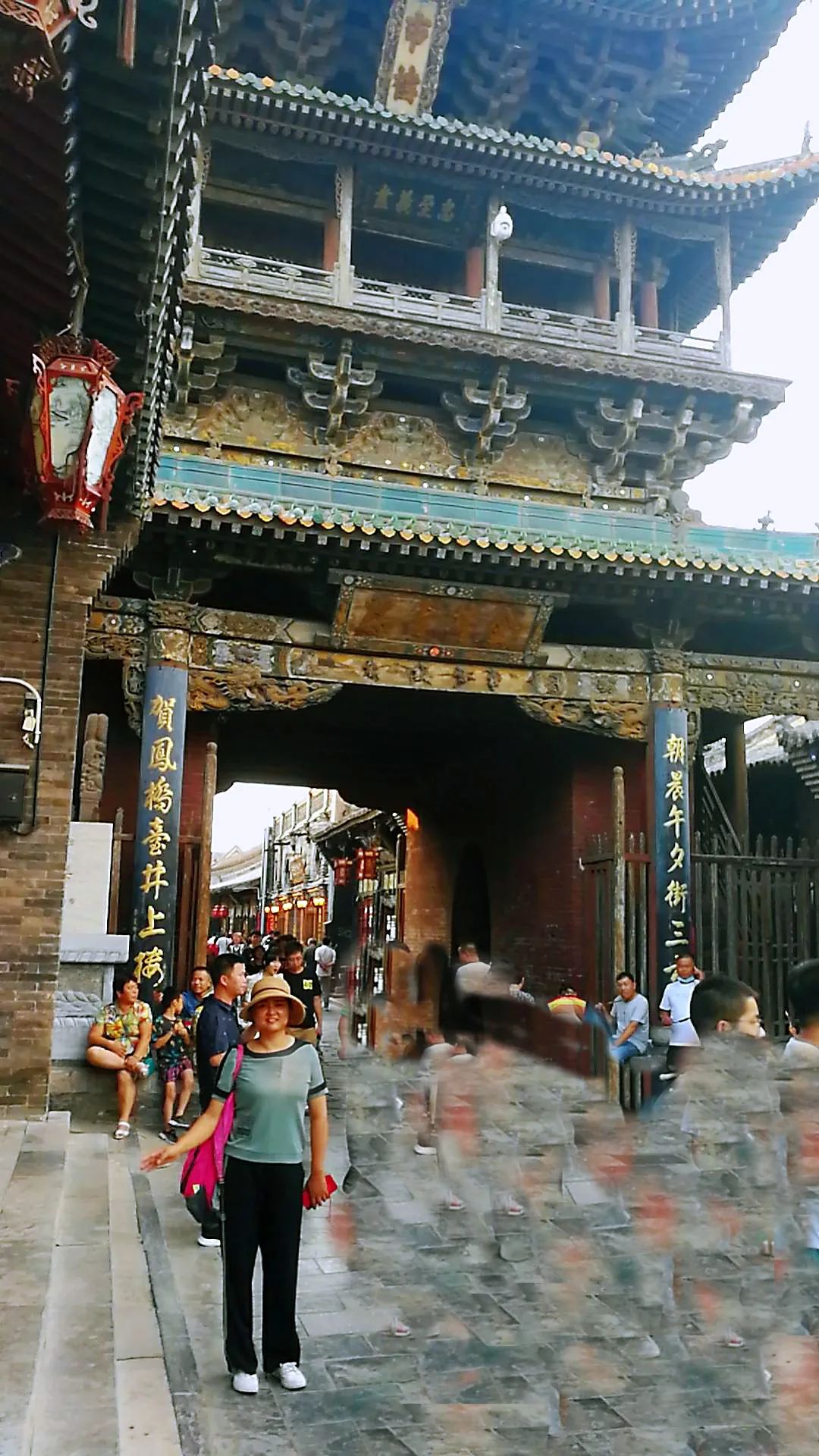
Among the above-mentioned scenic spots, there are the Pingyao Ancient City Wall, one of the most intact "Four Ancient Cities" in China, the Shuanglin Temple, which is praised by experts as the "Treasure House of Oriental Painted Sculpture Art", and the Hall of Ten Thousand Buddhas, the earliest and most precious wooden building in China. Zhenguo Temple is known as the "Three Treasures of Pingyao".

Pingyao still relatively intactly retains the basic features of the county town during the Ming and Qing Dynasties. It is the most complete ancient city in China's Han ethnic area, has the most complete ancient county town pattern in China, and was China's financial center in the late Qing Dynasty.

The streets, shops and houses in Pingyao Ancient City maintain their traditional layout and style. The streets are in the shape of a cross and shop fronts are built along them. The pavement is strong and tall, with colorful paintings under the eaves and colorful carvings on the beams, giving it an antique feel. The residential houses behind the pavement are all courtyards with green bricks and tiles, with clear axes and symmetry, showing a simple residential style.

The Ancient City of Pingyao in Shanxi, the Ancient City of Langzhong in Sichuan, the Ancient City of Lijiang in Yunnan, and the Ancient City of Huizhou in Anhui are known as the “Four Ancient Cities in China” with the best preservation. Among them, the Ancient City of Pingyao and the Ancient City of Lijiang have successfully applied for world cultural heritage as their entire ancient cities.
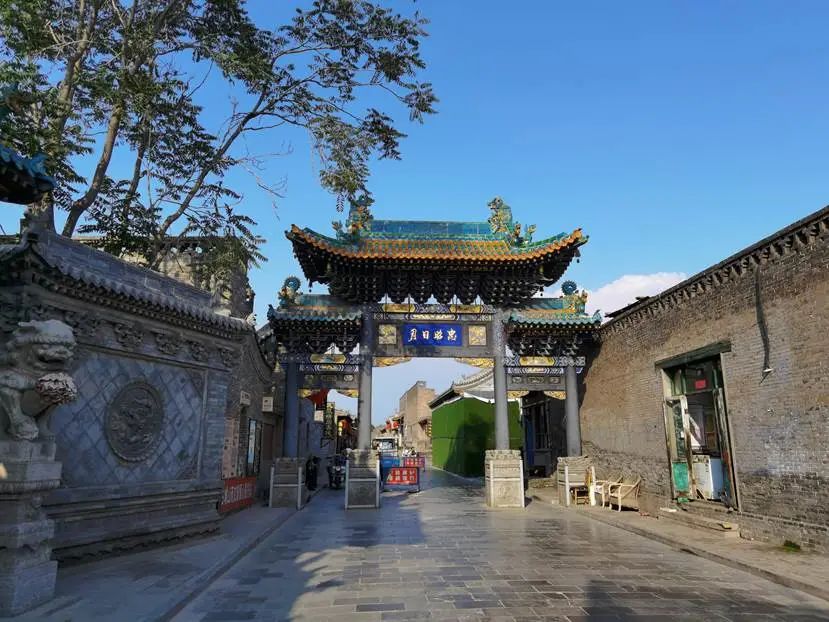
Pingyao Ancient City, together with Xi'an Ming City Wall in Shaanxi Province, Jingzhou Ancient City Wall in Hubei Province, and Xingcheng Ancient City Wall in Liaoning Province, are the four most complete ancient city walls in China.

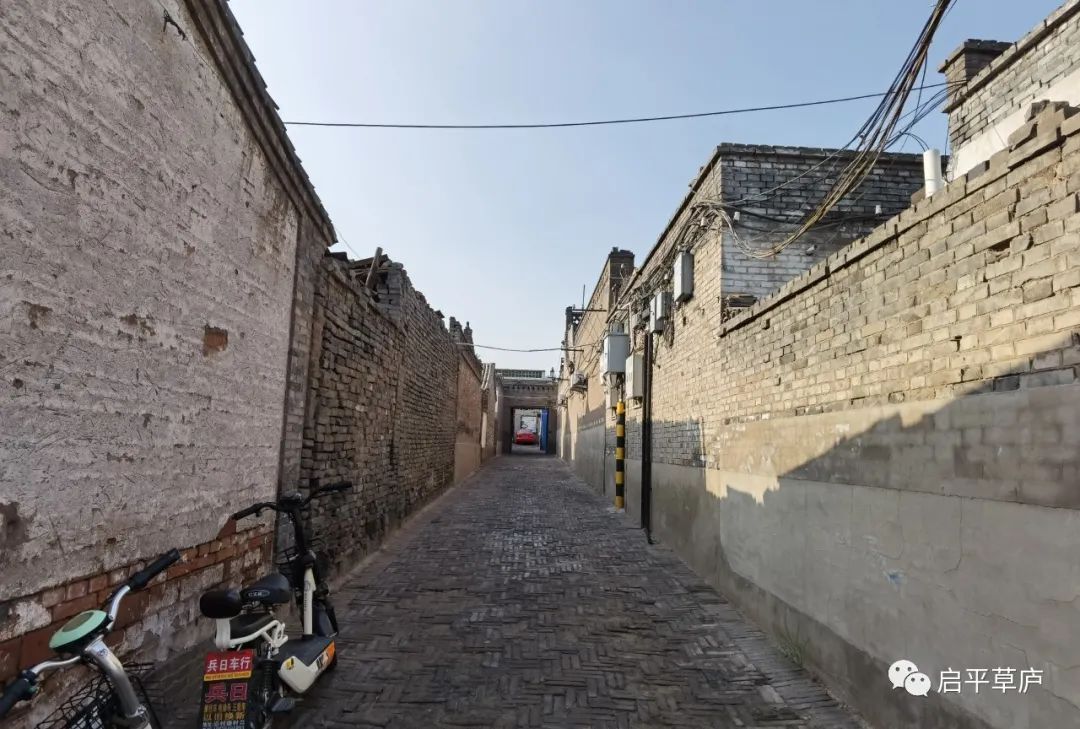
The ancient city has a total area of 2.25 square kilometers. There are 3,797 traditional houses in the city, of which more than 400 have high preservation value and basically maintain the historical style of the Ming and Qing Dynasties. The six major temple complexes existing in the city, as well as the county government offices, city gate towers and other ancient buildings from past dynasties are all original objects. There are more than 100 large and small streets and alleys in the city, which still have traces of their original existence. The commercial shops on both sides of the streets are basically leftover buildings from the last century.


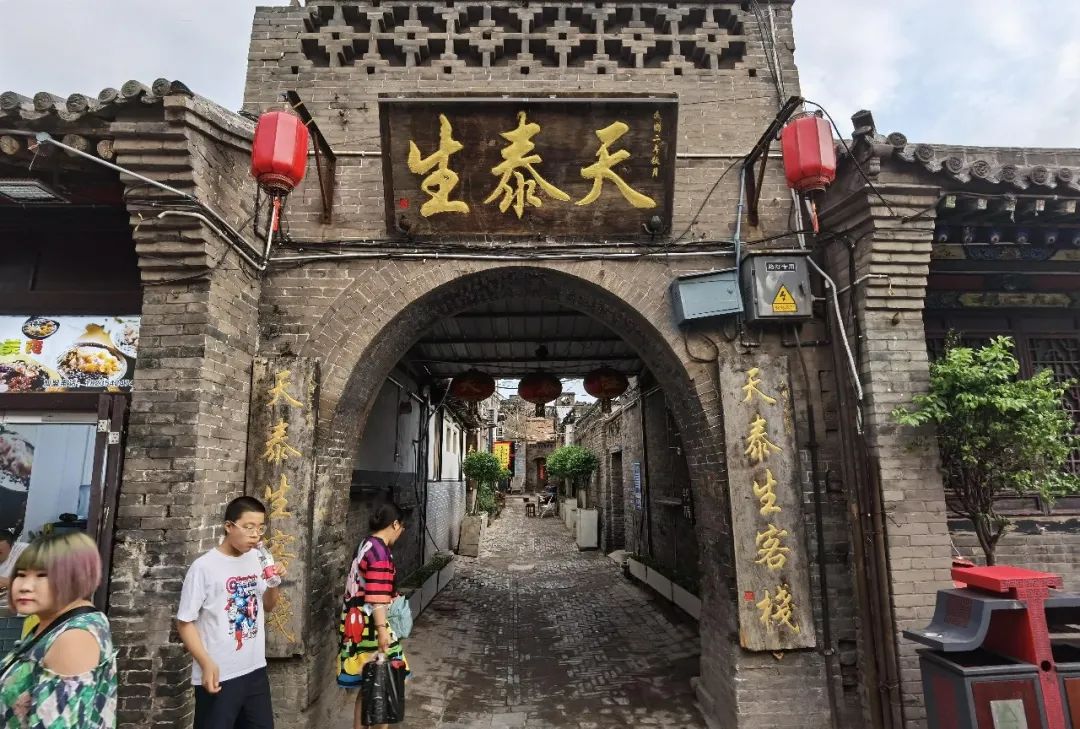

After walking around the ancient city, I felt that the entire ancient city was in decline. There are many crumbling old homes in the city. Although many of them are listed as "historic buildings", I visited a few and found that some of the "historic buildings" were unoccupied and vacant. The government does not have that much capital to invest, and individuals do not have the ability to repair it. It seems that the situation is getting worse every year, and the day will not be far away when it will be abandoned and reduced to ruins.
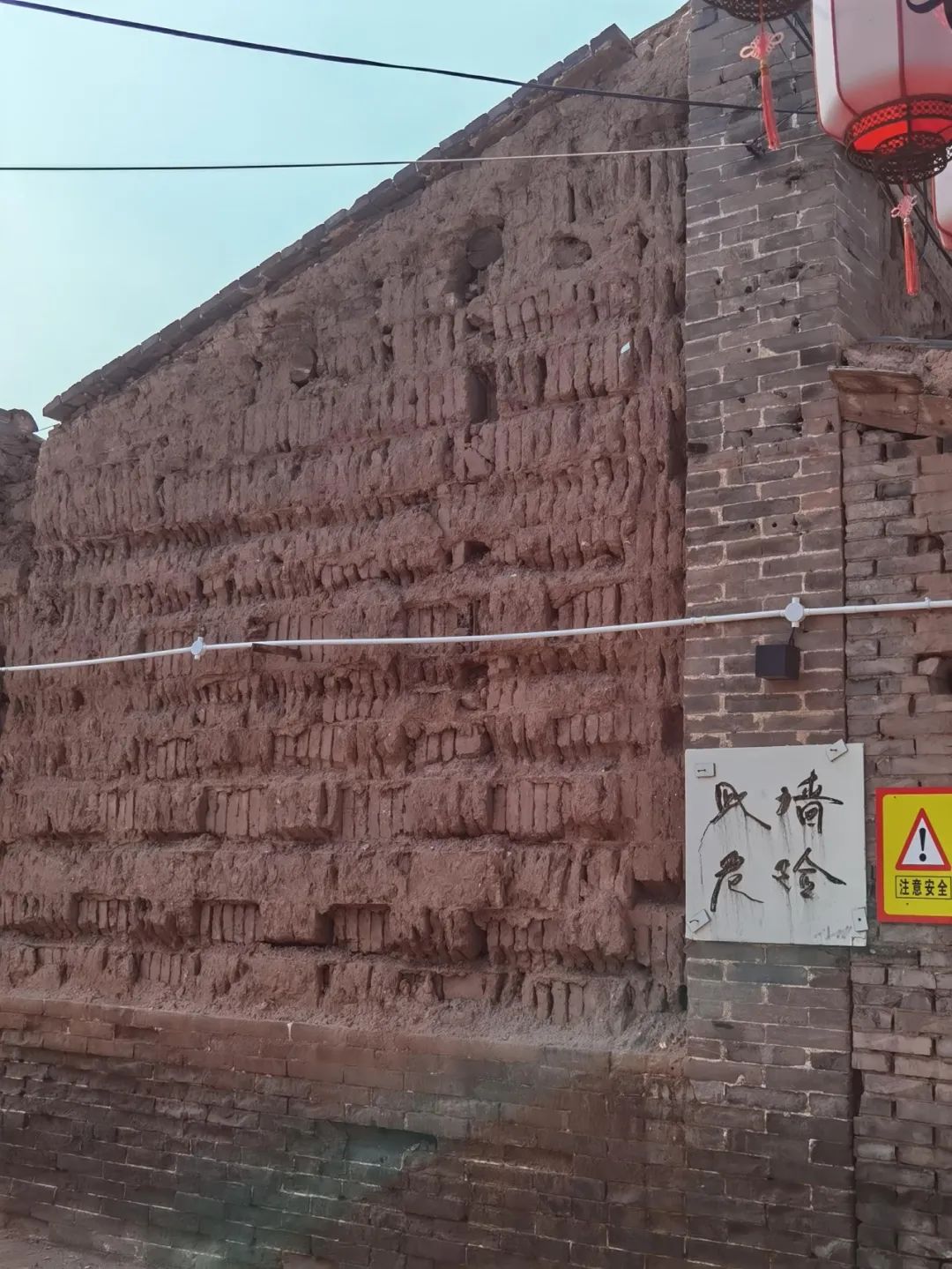



Only South Street and Ming and Qing Streets have a strong commercial atmosphere. Pingyao’s local and foreign products and business types are now pouring into Pingyao Ancient City to open stores. More of them are vinegar makers, Fenjiu wine sellers, inns, and businesses. Restaurant's. Of course, there are also shoe sellers, people doing pedicures, fish massages, bars, cafes, souvenirs, etc., all over the street. There are also stalls selling snacks in the doorway.


The solicitors at the door of many restaurants shouted at the top of their lungs, "Pingyao's authentic snacks are not expensive. Come in and try them." Although the prices of these snacks are not high, they are still 30-50% higher than some places we visited along the way.

There are also some things I don’t know about: such as Wantu, spring water Wantu, etc. I have never eaten them and I don’t know what they are. Is it delicious? I asked several times but couldn't get the answer.

At the door of a shop selling vinegar, I saw a woman dressed in Shanxi style. She had a haircut and a long braid at the back. She was wearing a red top and red embroidered shoes. She was sitting with a jar of Shanxi mature vinegar in both hands. On the chairs under the eaves, people are looking around and soliciting business. The couplet on the back is: The people in Jianghu are drunk with vinegar and wine, and the mother's family welcomes guests from all over the world with a smile.
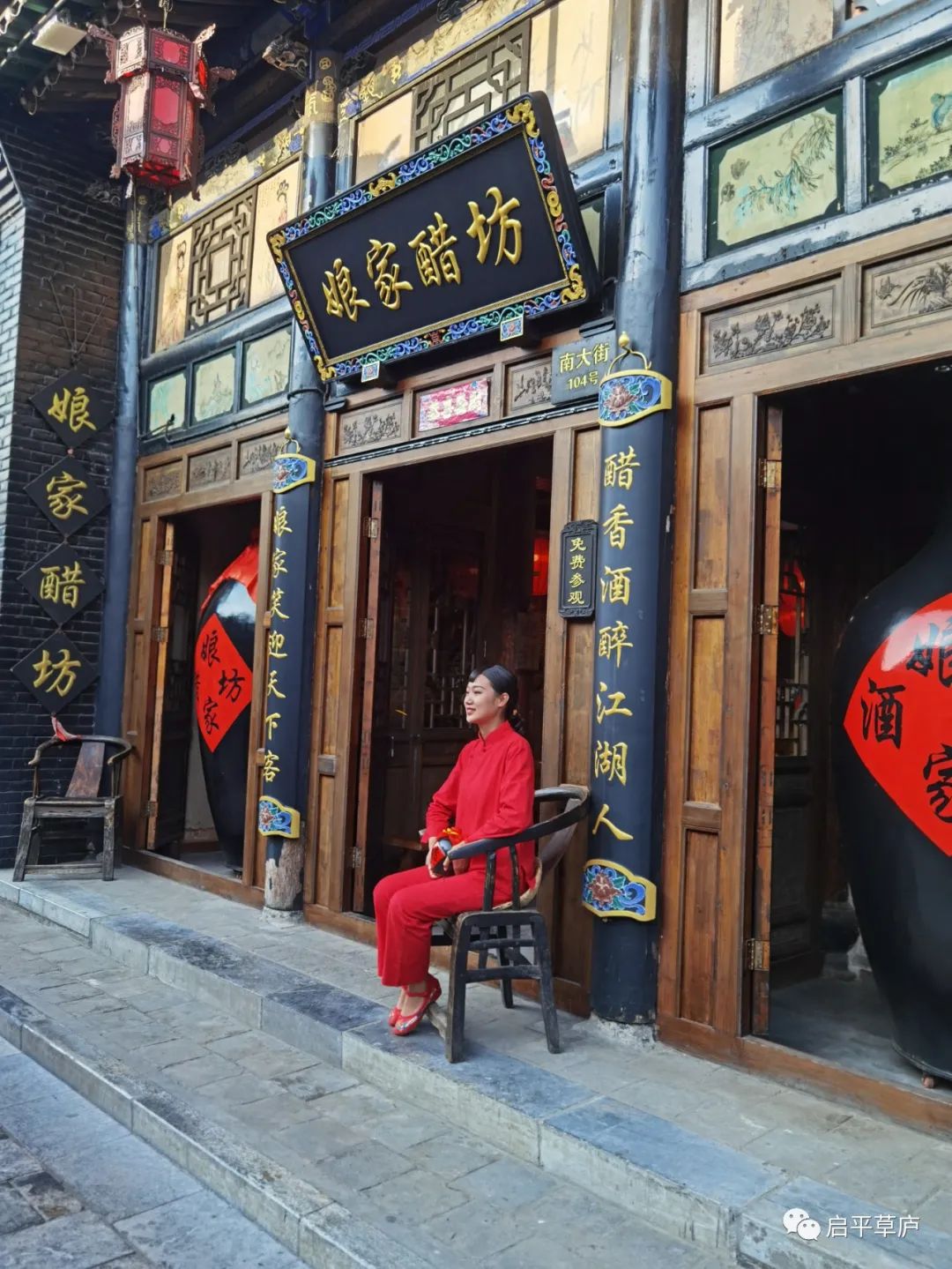
Most of the houses in the ancient city have a long and narrow gatehouse at the street entrance. There is a plaque under the eaves of the gatehouse with auspicious words and phrases written on it, such as "Ziqi comes from the east", "Doctor's title", "Yaoji", "Good residence", "Yiyou" and "Ningning". Jing, De Shu, etc. Entering the long and narrow gatehouse is a screen wall with a very large red character "福" filling the entire screen wall. Behind the screen wall is a courtyard with the main room, east and west wing rooms, etc.

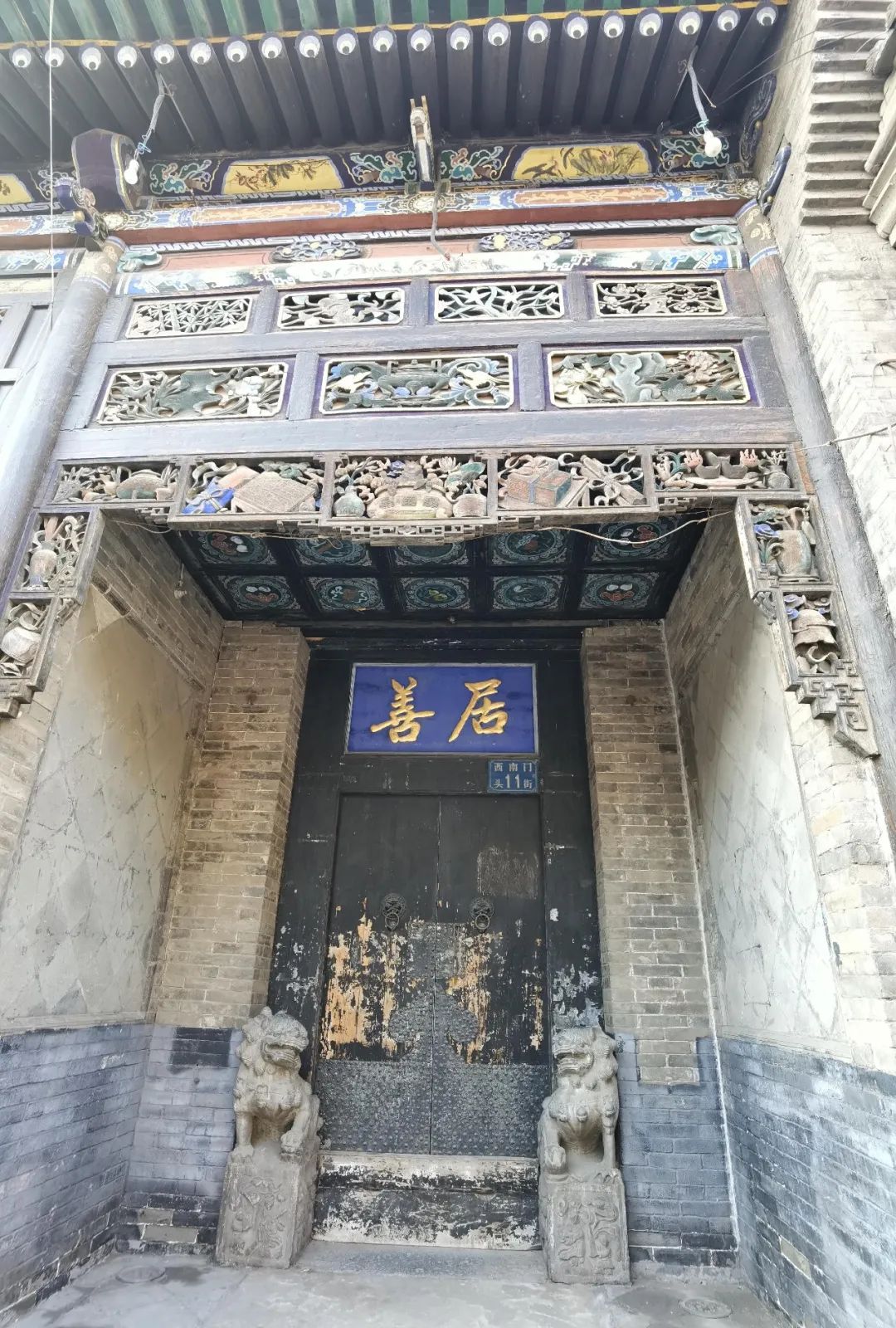
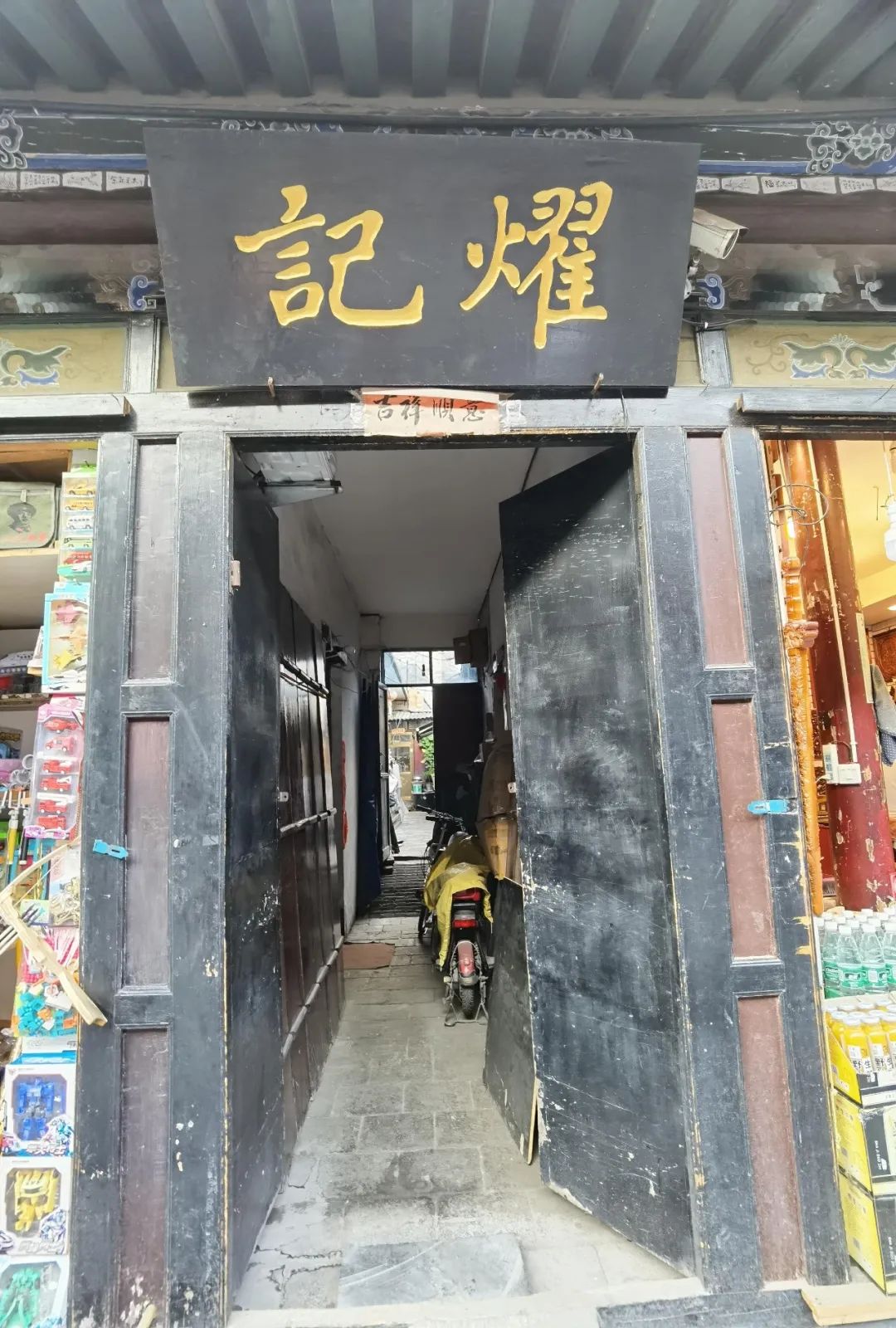



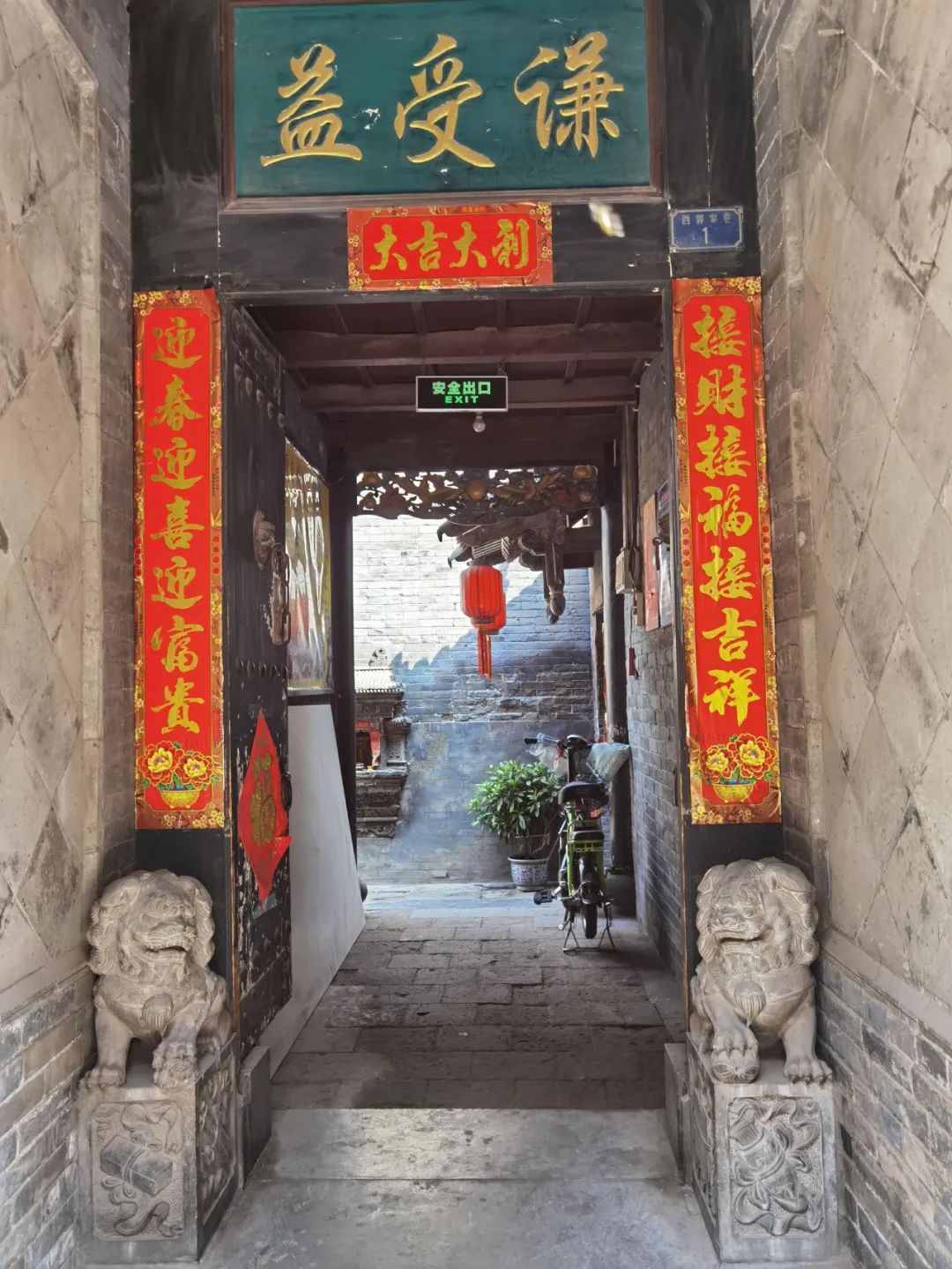
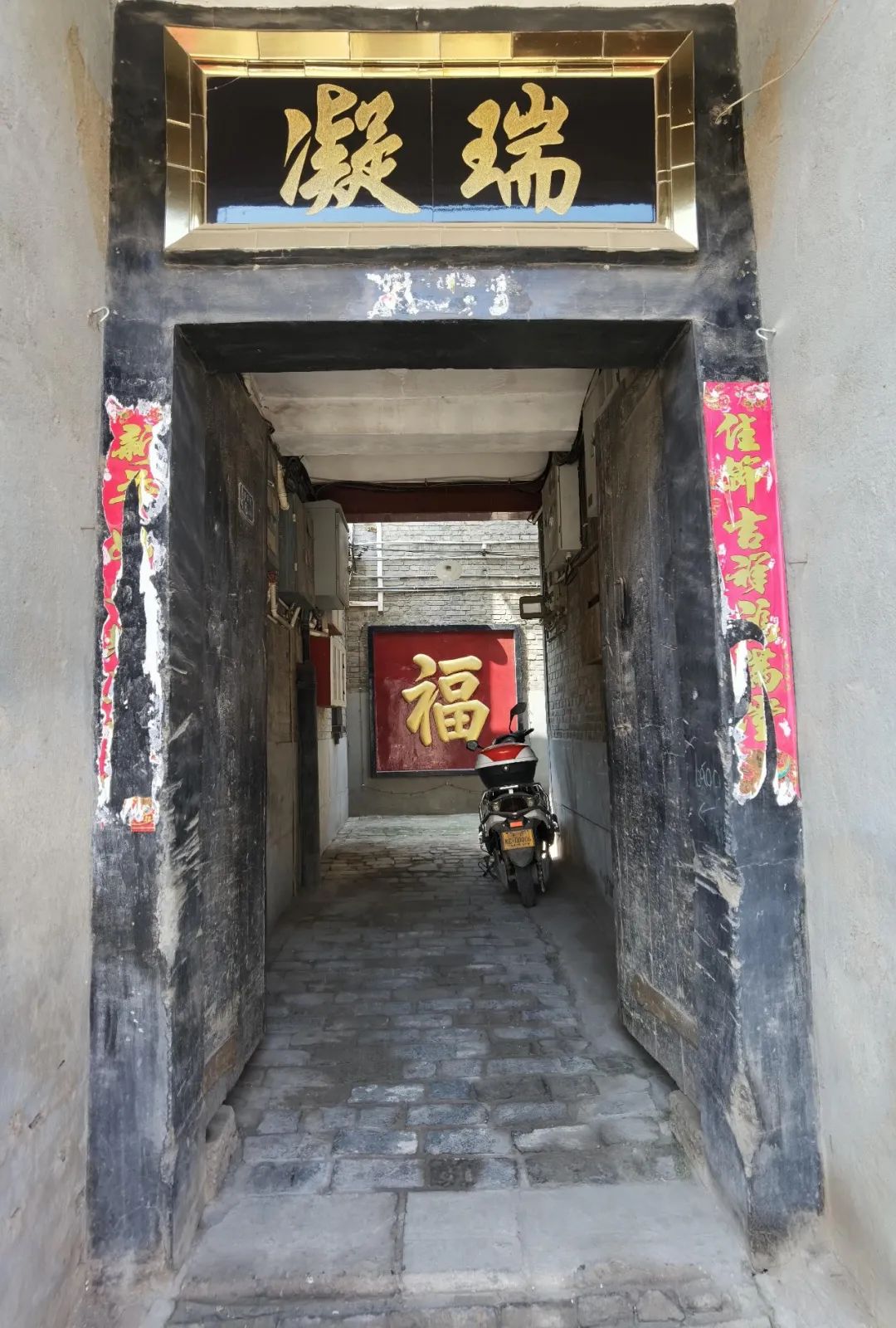
After walking around the ancient city, I saw that the quality of life of the people living in the ancient city was not very high. Because the houses are old and lack repairs, and most of the houses in the past did not have latrines, they had to be carried with toilets to the streets and emptied into dung trucks. Today they seem very backward. Therefore, it is very inconvenient for modern people to live. I rarely see young people living there. Of course, some courtyards have been converted into B&Bs and inns, which are exceptions. Modern facilities should be fully equipped.
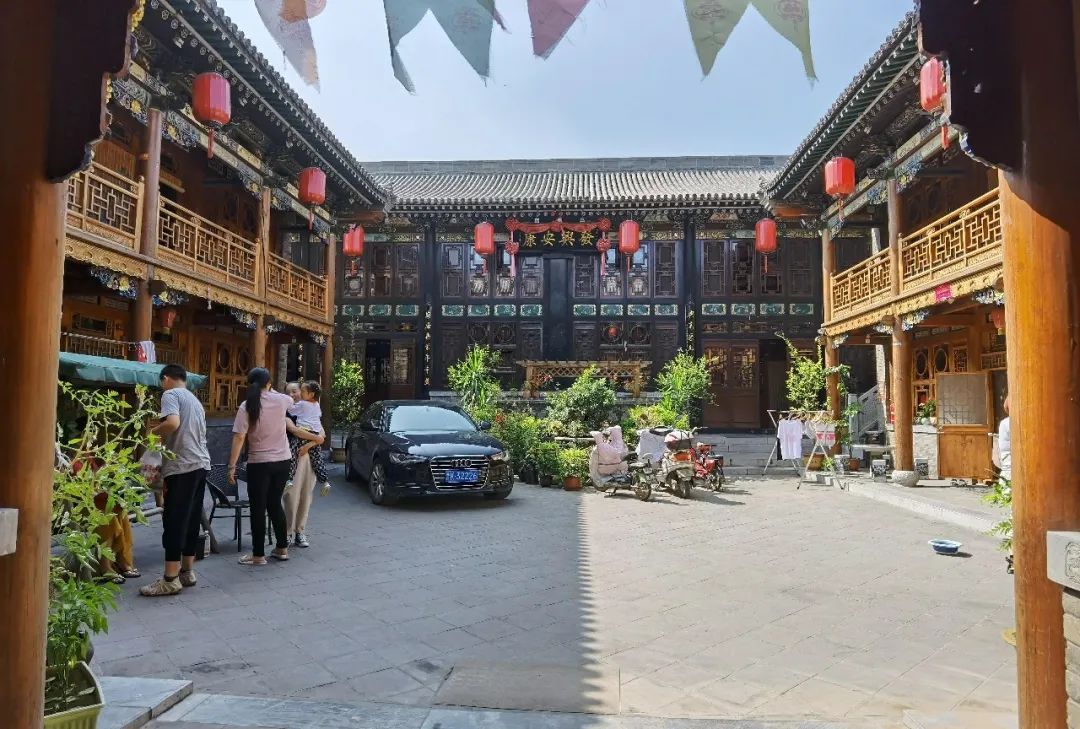
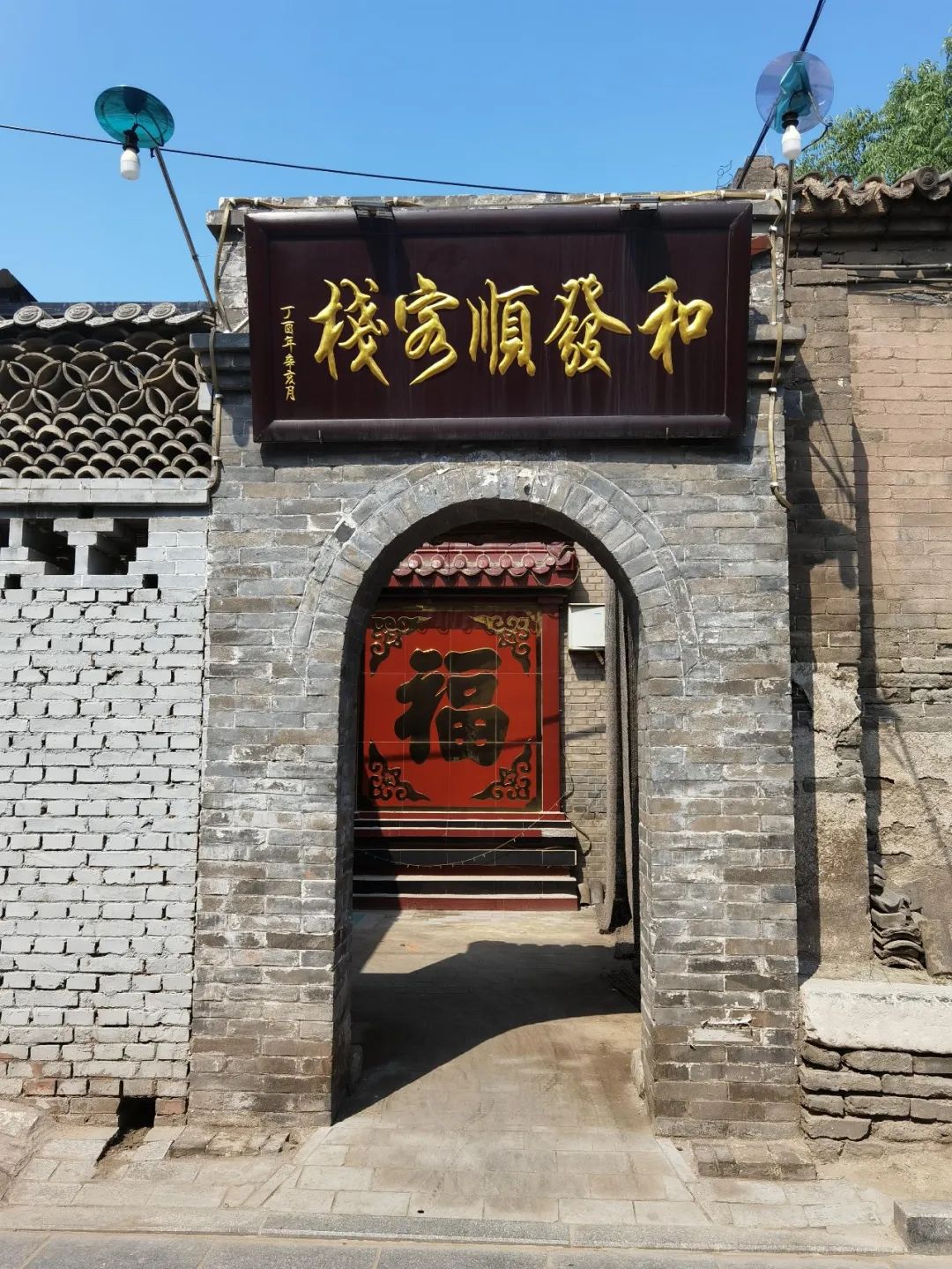
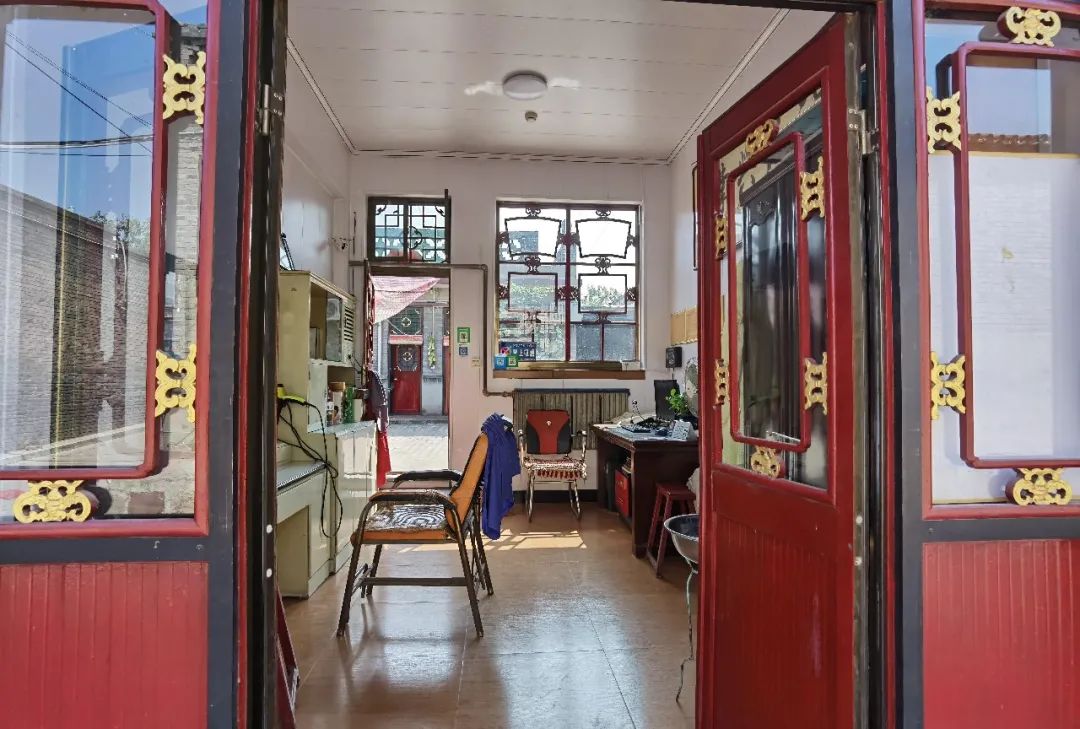
Many local old people in the ancient city gathered together to play cards and chess to pass the time.
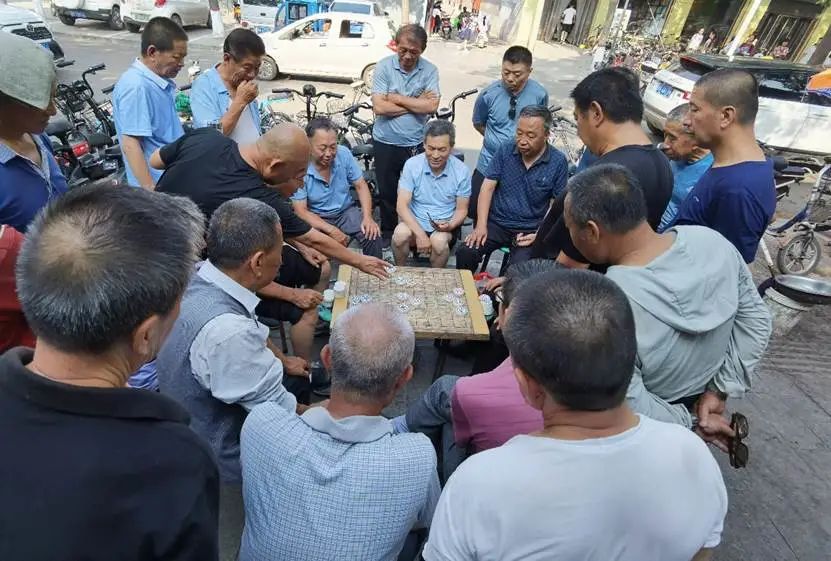
We also bought a set of bright red and green summer clothes for our granddaughter Qiaoqiao from a Shanxi-style clothing store on the roadside.

The surrounding tall city walls have gates on each side, and there are more than one. The south gate is also called "Yingxun Gate". There is a small south gate to the west on the side. Further south is the moat, and across the river is the new city. Pingyao's model of separating the new city from the ancient city is worth learning from and promoting. It not only develops a prosperous new area with high-rise buildings, but also retains the simple and peaceful traditional ancient city. Lin'an (Hangzhou), the capital of the Southern Song Dynasty, carried out large-scale renovations in the ancient city, which was completely destroyed and cannot be repaired to this day.

Every time we come to the ancient city, we have to enter and exit through Yongding Gate. Vehicle access is restricted in the ancient city.

There are towering turrets at the corners around the city wall. The two-story turrets are tall and straight. The weeping willows beside the moat under the city wall are green. As a photography object, as long as the lighting is appropriate, this scenery is very beautiful.

